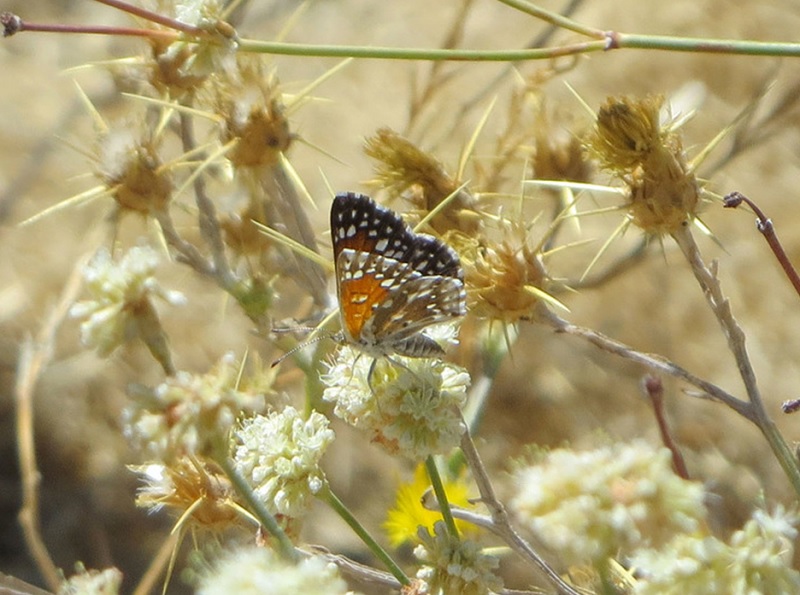
Did you know? March 14th is National Learn About Butterflies Day!
Thankfully, we have one of the world’s leading experts in Learning About Butterflies right here in California: Dr. Art Shapiro, at UC Davis.
For nearly 50 years, Dr. Shapiro has conducted bi-weekly monitoring at 11 sites along an elevational transect across Central California. --We’ll let that sink in for a minute.-- As of the end of 2006, Dr. Shapiro had logged 5476 site-visits and tallied approximately 83,000 individual records of 159 butterfly species and subspecies. And he hasn’t stopped counting. Even better, he and his team have made this extraordinary dataset accessible on  Art Shapiro’s Butterfly Site.
Art Shapiro’s Butterfly Site.
In addition to data access, Art Shapiro’s Butterfly Site hosts a wealth of educational resources and activities, with something to offer folks of all ages and levels of expertise. In honor of National Learn About Butterflies Day, check it out TODAY!
Dr. Shapiro graciously answered some questions to help us all on our Butterfly Learning journey:
- What are some of the most important things you’ve learned from your long-term study?
Butterfly populations and faunas are constantly changing. At least some of the changes can be correlated statistically to short-term weather and long-term climate trends, land use and vegetation change, and pesticides. The importance of these factors varies according to location and species. Overall, butterfly faunas in low-elevation California are declining due (we think) primarily to land use and pesticides, while declines in the mountains are probably climate-driven. The only rigorous way to assess these phenomena is through long-term monitoring!
- Are there additional unanswered questions you have that you hope this research will help resolve?
Many. We would like to understand the actual mechanisms underlying population change. For example, is climate change acting directly on butterfly physiology, through the host plants, or both? For the Monarch, which is sort of a "poster child" for butterfly conservation, are changes in its overwintering and breeding patterns being driven by climatic warming, host availability, or...?
- For the aspiring lepidopterists out there, what do you consider the most crucial or urgent needs for research going forward?
We need reliable, consistently gathered data on what occurs where and in what numbers!
- What resources should the average, concerned citizen consult to learn what they need to know about butterflies?
Lots of resources are available on-line. You can visit comprehensive websites (like mine) or search individual species names or regional faunas. On-line searching done intelligently opens the door to limitless resources. Good field guides ( like mine for the SF Bay Area and Sacramento Valley, but quite a few others too) and popular or semi-popular books about butterflies can be extremely valuable. Remember there is much more to butterfly biology than just identification!
like mine for the SF Bay Area and Sacramento Valley, but quite a few others too) and popular or semi-popular books about butterflies can be extremely valuable. Remember there is much more to butterfly biology than just identification!
- How can we all contribute to butterfly research?
Contribute to  eButterfly and other on-line resources. Get in touch with your local chapter of the
eButterfly and other on-line resources. Get in touch with your local chapter of the  North American Butterfly Association and butterfly-oriented people at regional universities and museums to learn what is happening in your area and how you can get involved.
North American Butterfly Association and butterfly-oriented people at regional universities and museums to learn what is happening in your area and how you can get involved.
For a more comprehensive interview, read  Deborah Netburn’s Nov 2019 piece in the LA Times.
Deborah Netburn’s Nov 2019 piece in the LA Times.
Go to  Art Shapiro’s Butterfly Site today. Bookmark it! And as always, please report your sightings of rare species on CNDDB’s Online Field Survey Form. The butterflies thank you!
Art Shapiro’s Butterfly Site today. Bookmark it! And as always, please report your sightings of rare species on CNDDB’s Online Field Survey Form. The butterflies thank you!